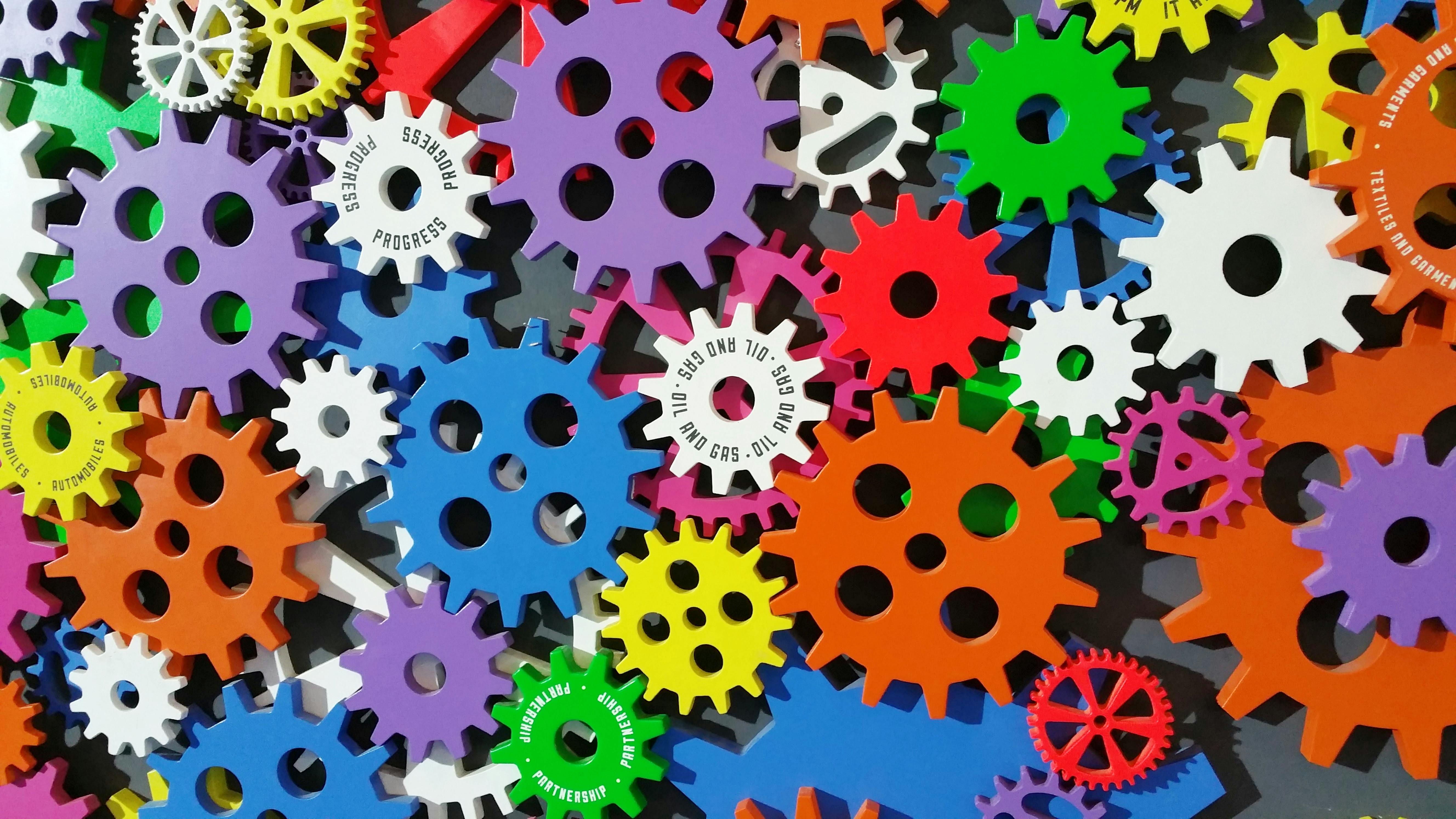What is Data Envelopment Analysis?
Introduction: Making the most of what we have
Imagine a world where every small action and resource can be measured and optimized for maximum efficiency. It’s like trying to fit the most toys in a toybox without wasting any space and ensuring every toy is important. This concept of “fitting things perfectly” is a simple way to describe a much deeper idea in the world of decision-making and optimization.
1. Measuring Efficiency
1.1 The Toybox Example
Let’s say we have multiple shops, each with workers (inputs) and different amounts of toys they sell (outputs). We want to find which shop uses its workers most efficiently to sell toys. Imagine each shop as a box, and we measure how many toys fit inside the box compared to how big the box is. The more efficiently the toys (or outputs) fill the box, the better.
1.2 A Simple Way to Check
To measure this efficiency, we use a method that helps us see which boxes (shops) do the best job of packing their toys without wasting space. This is where mathematical tools come into play. For example, if shop A uses 10 workers to sell 100 toys and shop B uses 20 workers to sell the same 100 toys, shop A is more efficient because shop A is using fewer resources for the same result.
In this scenario, we can introduce a simple formula to illustrate the idea of efficiency:
\[\text{Efficiency} = \frac{\text{Total Outputs}}{\text{Total Inputs}}\]For shop A, with 100 toys sold and 10 workers, the efficiency would be:
\[\frac{100}{10} = 10\]But shop B, with the same number of toys and more workers, would have an efficiency of:
\[\frac{100}{20} = 5\]So, shop A is twice as efficient.
2. Seeing the Bigger Picture
2.1 Working with Different Resources
But what if we have multiple things to measure, like the number of toys and other goods each shop sells? This situation requires more advanced tools to measure the efficiency of shops that might use different resources in different amounts. At its core, this approach helps decision-makers evaluate whether resources are being used as wisely as possible.
2.2 Balancing the Right Choices
As businesses grow, they might focus on more than just outputs. Imagine shops that also care about their customer relationships or the impact they have on the environment. Efficiency now becomes more than just packing toys into a box.
Conclusion: Long-Term Impact
By balancing resources with outcomes, we create strategies that not only work well now but also have a positive impact down the line. Insights gained from this type of analysis, and with a thoughtful plan, we set the stage for sustainable success, ensuring that the choices we make will continue to bring positive results in the long run.
